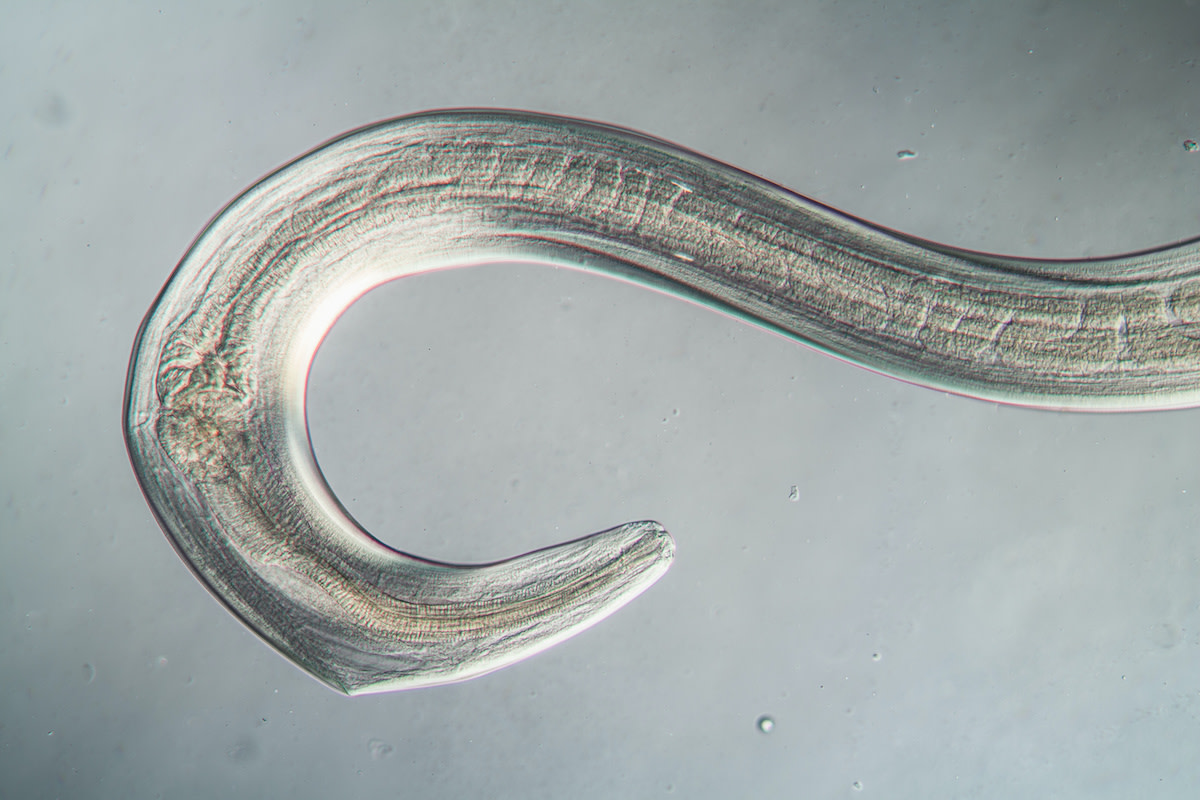How to Apply Beneficial Nematodes to Your Garden
Written by MasterClass
Last updated: Oct 26, 2021 • 3 min read
Introducing beneficial nematodes into your garden is one of the best methods to control pests and help keep your garden thriving naturally.
Learn From the Best
What Are Beneficial Nematodes?
Entomopathogenic nematodes, commonly known as beneficial nematodes, are tiny organisms that live in soil and on plants. These small, worm-like organisms are a natural means of biological control of insect pests. Certain parasitic nematode species will parasitize harmful soil-dwelling insects and prevent them from wreaking havoc in your flower or vegetable garden. The use of nematodes as pest management is particularly popular among those who seek to keep their gardens as organic and naturally sustainable as possible.
2 Types of Beneficial Nematodes
There are many species of beneficial nematodes, many of which are naturally occurring in most garden soils, but you can purchase nematodes for pest control. There are two main genera of nematodes sold for their effectiveness at pest and grub control:
- 1. Steinernema: Steinernema carpocapsae and Steinernema feltiae are parasitic roundworms that effectively control termites, flea larvae, caterpillars, and raspberry crown borers in soil. Steinernema is easy to produce and is widely available at garden centers.
- 2. Heterorhabditis: Heterorhabditis bacteriophora is more difficult to produce commercially, but is especially effective at attacking Japanese beetles and controlling grub infestations.
How Do Beneficial Nematodes Work?
Beneficial nematodes seek out insect larvae and grubs by their heat and emission of carbon dioxide. Then, the nematodes enter the body of their host insects through any available opening. As the nematode takes up residence inside the host insect, it releases bacteria from the genus Xenorhabdus that will kill the insect, usually within a couple of days.
Once you apply beneficial nematodes to the soil, they begin their life cycle. At the juvenile stage, they will be active in hunting and killing pests and grubs. At the adult stage, they reproduce and seek out more food, a cycle that continues until the soil is free of the unwanted pests.
What Pests Can Nematodes Kill?
Many of the beneficial nematodes available for purchase can attack and control two-hundred species of unwanted insects pests, an impressive range of effectiveness. Beneficial nematodes are primarily effective at controlling soil-dwelling insects with a larval or pupal stage, but they can also attack above-ground garden pests. Beneficial nematodes can control common pests, including corn rootworms, cutworms, fungus gnats, caterpillars, thrips, flea beetles, roundworms, armyworms, European chafers, billbugs, carrot white grubs, cucumber beetles, termites, cockroaches, crane flies, sod webworms, and onion maggots. Nematodes can also control weevils, including black vine weevils, root weevils, and carrot weevils.
How to Apply Beneficial Nematodes to Your Garden
You can purchase beneficial nematodes at garden centers in a variety of forms, like a gel, wet sponge, or dry form. Follow these steps to apply beneficial nematodes to your garden:
- 1. Apply beneficial nematodes in the spring or fall. It’s good to do your beneficial nematode treatment in the spring or fall when the target pests will be in the larval stage. This is when they are suitable for the nematodes to parasitize, increasing the odds of successful insect control. This will also mean your soil temperature is more likely to be appropriate for the larvae to thrive.
- 2. Use the beneficial nematodes as soon as possible. It’s important to use the nematodes directly after purchase; refrigerate them if that isn’t possible.
- 3. Dissolve the nematodes in water. Dissolve the solution in water, whether using a gel, wet sponge, or dry form of beneficial nematodes.
- 4. Check the label. Beneficial nematodes are usually compatible with fertilizers and even other insecticides, herbicides, and fungicides. It is always best to check with the label to be sure.
- 5. Keep your soil moist. Since most nematodes travel using water, it is important to keep your soil moist. This will give your nematodes ample medium for transportation as they seek out their food.
- 6. Apply the nematodes via water. You can use a watering can or a hose end sprayer, depending on the size of the area you are treating. (The package will come with instructions on how many square feet of soil surface the contents will cover.) The solution can take up to two weeks to kill pests.
Beneficial insects and other organisms are mostly left alone by the nematodes, which means that home garden friends like earthworms and ladybugs should be perfectly safe.
Learn More
Grow your own garden with Ron Finley, the self-described "Gangster Gardener." Get the MasterClass Annual Membership and learn how to cultivate fresh herbs and vegetables, keep your house plants alive, and use compost to make your community—and the world—a better place.
